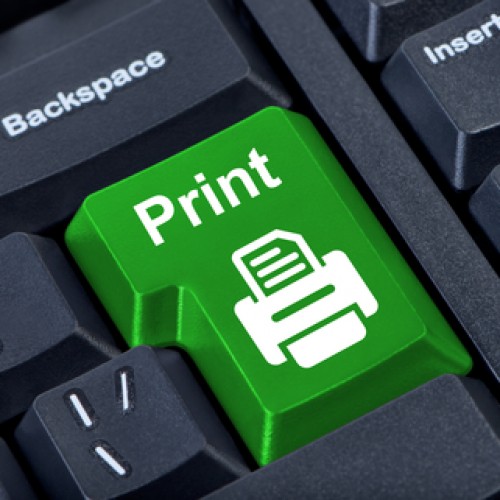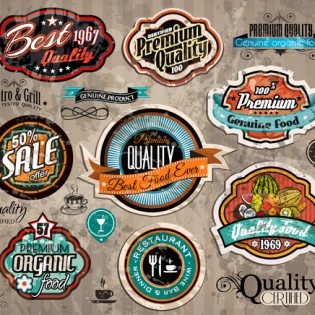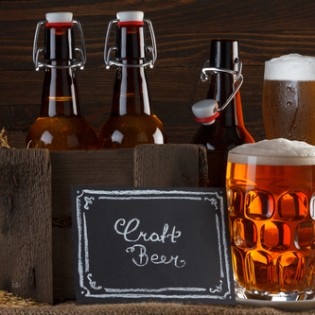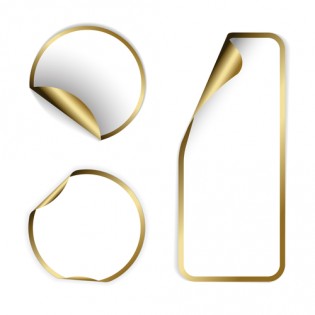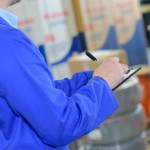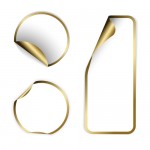In the recent past, label printers have been using flexographic printing to create labels for on-demand products. For offset printing a plate of the image to be printed needs to be created. Ink is then distributed onto the plate using distinct colors and they are well mapped respectively. Then it is now transferred to the paper. This is a great hassle and due to the brilliant minds of today we can now enjoy the better option that is digital printing. You may be able to receive a more accurate outcome, less waste is produced and few variations. Unlike offset printing, the image is recreated by being drawn out in form of dots. The more the dots the better the outcome.
What Is Digital Printing?
This is a new printing technique that employs the use of digital files from your computer or storage device to act as a source. It is preferred compared to offset printing because it does not need press plates to duplicate the image onto the paper. You also do not require setup sheets.
How Does It Work?
The image to be printed needs to be created a new by use of dots. The more the dots the clearer and more detailed it gets. Before it is sent to the computer, it has to be converted into raster image format. It is also known as a bit map and is basically sets of instructions to the printer directing on where each dot is to be allocated to make up the image.
There are different types of digital printers. Inkjet and dry toner based printers are usually common. For the Inkjet, the image is mapped by use of miniscule ink droplets onto the paper which is good. The dry toner based printer is the one preferred. As the name states it uses toner which is very fine, plastic based powder. The toner is heated in the printer by the fuser to melt it onto the paper. The print comes out looking splendid and dry as sand.
Advantages
For those interested in using on- demand labeling, digital label printers are ideal for the task. Given the amount of work you need to print out, it may act as a cost saver compared to the other methods. It uses a short period of time to print out the image. The image produced is almost a replica of the original with few almost negligible differences due to its use of dots. Compared to the other methods this method is less wasteful both on ink and paper.
Disadvantages
Since every cloud has a silver lining, this brilliant creation also has its flaws. When it comes to color accuracy, digital printing may not be the best. Even though the image will look nearly the same the color intensity may differ. This method may be done on several surfaces, bring out certain effects, and even print on unique sized paper, it may not be as flexible as desired.
Digital printing has proven itself worth being chosen instead of other techniques due to its efficiency and remarkable results. This is the best choice for you especially if you want to deal with on demand product labeling. The best part is that you can own your digital label printer instead of relying on label printers for your label needs.

